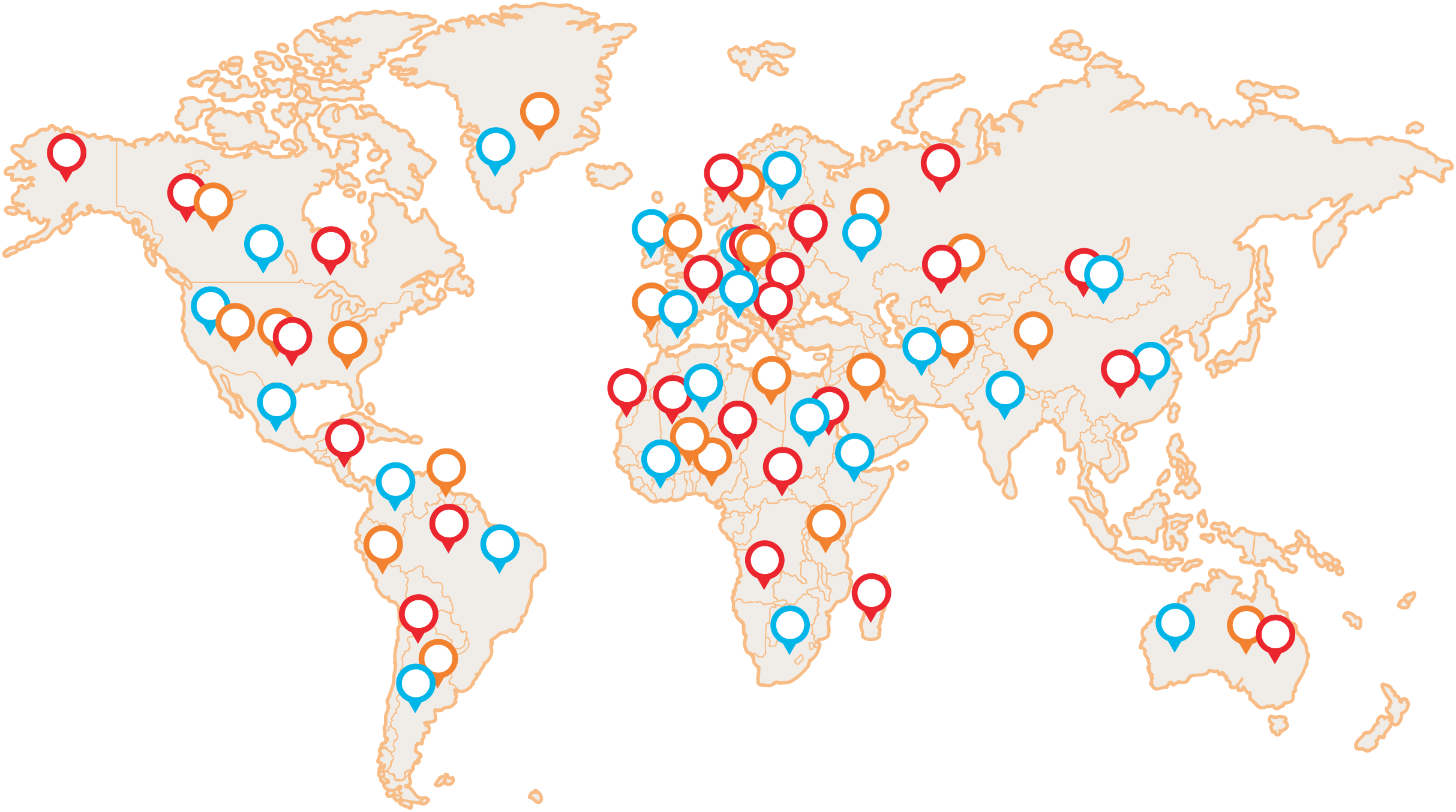Category:Musculoskeletal, joints, skin, pain relief
Use of recipe according to traditional Chinese medicine:
-gets the blood moving and transforms blood blockages
-clears hotness
-removes and dries damp heat
-disperses wind
-releases Re Bi (hot blockages in the joint area)
-clears pathways and joints
Description:
A modification of a well-known blend designed to treat painful Bi syndrome (hot blockages in the joint area), in our case it is designed to treat gout, a specific disease that manifests in the laboratory with high uric acid levels and clinically painful joint inflammation - typically in the big toe area. Modern medicine explains that inflammation occurs because uric acid crystallises and the resulting crystals are deposited in the joints, tendons and surrounding tissues. But why in the toe area? Chinese medicine can explain that. These crystals and the inflammatory reaction of the tissues to them represent the so-called damp heat, a pathology that is tied either to the Liver and Gallbladder (mostly through emotional stagnation) or to the Spleen (dietary habits - excess of meat, alcohol, sharp and fatty foods in the diet). It acts as a "glue" that does not allow the vital substances to flow freely, they stagnate, a hot to fiery toxin is produced, and a violent inflammation develops (hotness, redness, swelling, pain and malfunction). This is also why we speak of a "gout attack". But why in the thumb? Right there, at the root of the thumb, on its inner and outer sides, are the warp points of the pathways associated with the production of damp heat: the Liver and Spleen pathways. And it is also this joint that is most stressed when walking.
In treatment, the well-known Tong Yong Tong Feng Tang mixture is taken internally and clears the moist heat of the main meridians as well as from the minor side branches. The mixture thus affects not only the acute symptoms, but and the cause of the symptoms, making it the ideal solution to manage these unpleasant conditions. Our Shan Ci Nan Xing is used as its complement - for topical treatment in the form of ointments or poultices. The tincture is based on a recipe from the book "Traumatology and Orthopaedics of Traditional Chinese Medicine", published by Nanjing University. The two main herbs, after which the mixture is named, purify the heat and fire toxin, reduce swelling, make the pathways and joints clear and thus stop the pain.
and the cause of the symptoms, making it the ideal solution to manage these unpleasant conditions. Our Shan Ci Nan Xing is used as its complement - for topical treatment in the form of ointments or poultices. The tincture is based on a recipe from the book "Traumatology and Orthopaedics of Traditional Chinese Medicine", published by Nanjing University. The two main herbs, after which the mixture is named, purify the heat and fire toxin, reduce swelling, make the pathways and joints clear and thus stop the pain.
Frankincense and myrrh are also effective pain stoppers. Topical application therefore provides relief for all "hot" arthritis where the joint is red, swollen and extremely painful. A second useful indication is purulent and painful skin lesions.
Indications:
-sharp stabbing pain of the joint, especially of the big toe.
-local heat and redness
-swelling in the area
-painful purulent skin lesions
Modern Uses:
-gouty arthritis
-possibly acute arthritis in another localization
-purulent skin lesions (ulcers, abscesses, furuncles, carbuncles)
Language:
-red
-thicker white-yellow to yellow plaque
Pulse:
-shu
-hua
-jin (fast, slippery, withdrawn)
Contraindications:
-do not take internally!
-for external use only: lubrication, poultice application or for adjunctive IR lamp therapy or alone
Notes:
Recommended to be used together with Tong Yong Tong Feng Tang, which is used internally and is able to treat the factors causing gouty arthritis. Regimen and dietary measures are essential (see there).
As a tincture, the mixture can be very well used to soothe inflamed and suppurative skin lesions such as ulcers, abscesses, furuncles, carbuncles (common on the back of the neck, especially in elderly men and diabetics) as well as with lymph node reaction.
Prescription ingredients:
|
Edit by
|
Chinese
|
Czech
|
Latin
|
|
|
Shan Ci Gu
|
|
Rhiz. pleionis
|
|
Dan
|
Tian Nan Xing
|
|
Rhiz. arisaematis preparation
|
|
|
Ru Xiang
|
frankincense, clove resin
|
Res. olibanum (gummi olibanum)
|
|
|
Mo Yao
|
myrrh, resin, glue resin
|
Res. myrrhae
|
 Vital mushrooms PRO (17)
Vital mushrooms PRO (17) MyTao Edition (14)
MyTao Edition (14) Vital Mushroom Extracts (25)
Vital Mushroom Extracts (25) Combination of mushrooms and herbs (18)
Combination of mushrooms and herbs (18) Traditional recipes (5)
Traditional recipes (5) BIO vital mushrooms powder (9)
BIO vital mushrooms powder (9) Syrups (12)
Syrups (12) Dried vital mushrooms (6)
Dried vital mushrooms (6) Honey products (5)
Honey products (5) Vitamins (4)
Vitamins (4) BIO green food (2)
BIO green food (2) Other (3)
Other (3)

